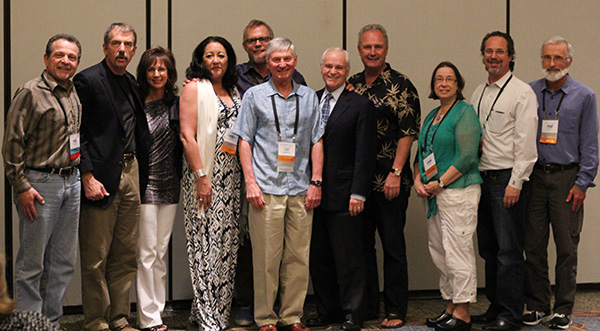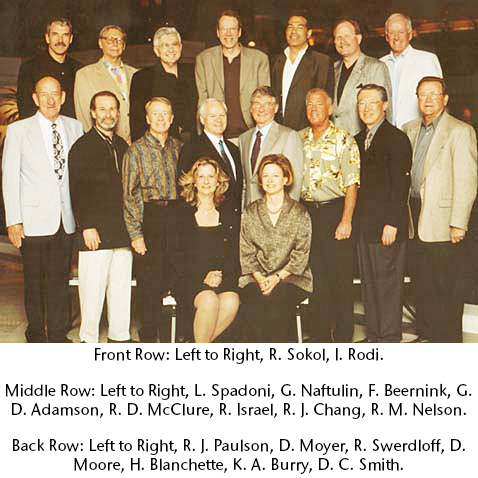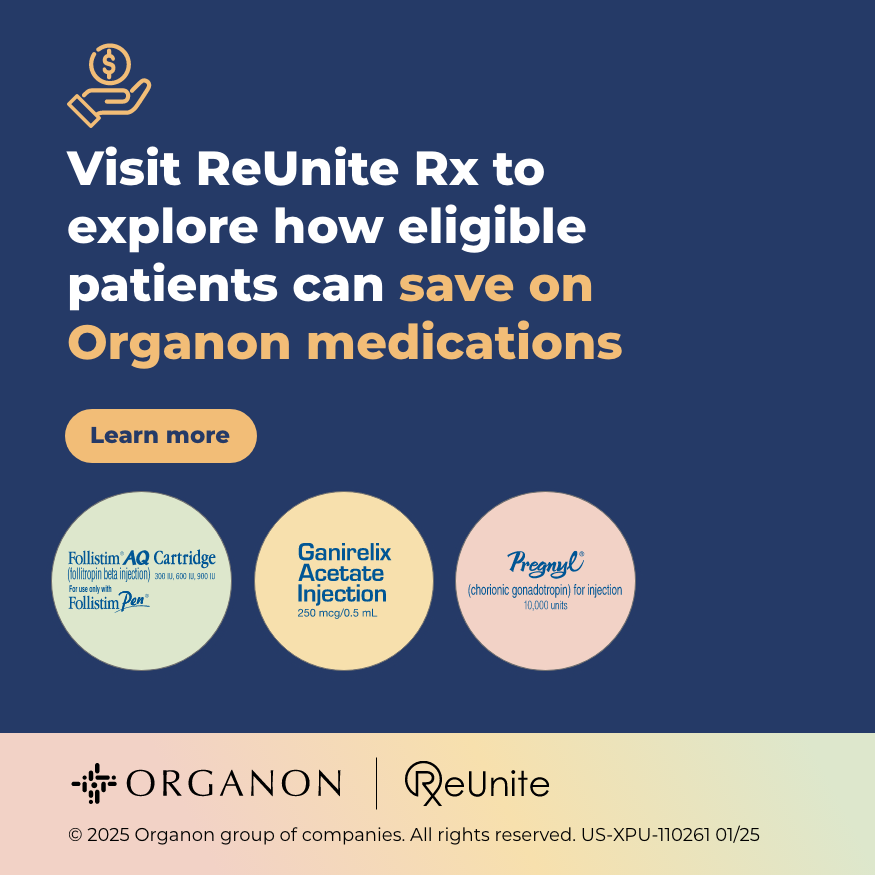About PCRSPCRS is a global, interactive organization that champions the field of reproductive medicine. The Core Values we believe in are supportiveness, innovation, inclusiveness, collegiality, professional and personal development, and intimacy. PCRS is a multidisciplinary medical specialty society providing Continuing Medical Education (CME) to physicians and allied healthcare professionals. PCRS offers the highest quality, innovative CME, designed and presented by thought leaders in reproductive medicine. PCRS provides an outstanding forum for the exchange of information, and the advancement of the ideologies of reproductive medicine in a relaxed and collegial setting building relationships that foster the integration of current knowledge to ensure quality medical care for patients. The Society operates for medical, educational and charitable purposes only. PCRS is governed by an eleven member Board of Directors and receives further volunteer oversight through our committees. Learn more about our current Board. The Pacific Coast Reproductive Society’s global commitment to exceptional patient care is embodied in the continuing medical education of physicians, their teams, and allied professionals. Promoting the highest standards of clinical practice, patient safety, and improved patient outcomes, related to the treatment of infertility, is consistent with the principles and goals of PCRS. Read our complete CME Mission StatementThe History of PCRSPacific Coast Reproductive Society was founded in 1947 with a small group of physicians, interested in reproduction, meeting in each other’s homes to discuss fertility issues. This group, led by Abe Abarbanel, Sam Glass, Sheldon Payne, Edward Tyler and Gordon Rosenbloom, quickly grew in size to 35–40 doctors who organized themselves into the Los Angeles Fertility Society. Doctors from neighboring areas frequently attended the meetings. In 1952, Abe Abarbanel organized a Regional Meeting of the American Society of the Study of Sterility (later known as the American Fertility Society, now the American Society of Reproductive Medicine [ASRM]) to spark interest in the parent society. The meeting, a huge success, was held at the old Cedars of Lebanon Hospital in Los Angeles. Anyone with an interest in reproduction (and $2) was welcome.
Each year for over 60 years the Society has presented increasingly sophisticated meetings highlighting cutting-edge research in the study of what is now known as Reproductive Medicine and Infertility. Today, the Society is noted for its high quality and innovative Continuing Medical Education program with its uniquely small size and intimate atmosphere where participants exchange information and discuss issues with leading experts in human reproduction from around the world. The second regional meeting was held in Palm Springs in November 1953 with a formal program featuring I.C. Rubin, MD as the guest speaker. The meeting was well attended and a strong interest was expressed by many West Coast members of the American Society for the Study of Sterility including John Hamlin, San Francisco, (President of the American Fertility Society, 1954–55), Pendleton Tompkins, Allan Palmer and James Whitelaw also of San Francisco; Robert Rutherford, Seattle; along with the Los Angeles contingent to have Western Branch and Annual Meetings. An organizational meeting was held in April 1954 at the San Francisco meeting of the American Society of the Study of Sterility. The 35 members in attendance, mostly members of the American Society of the Study of Sterility, signed the register as “charter members” of the Western Branch. Dr. Sheldon Payne was elected as the first president. The membership voted to hold annual meetings. The first formal meeting of the Western Branch was held in Palm Springs in November 1954 with Dr. John MacLeod as guest speaker. The second meeting of the “Western Branch” took place in November 1955. At this meeting, members voted to change the name of the organization to the Pacific Coast Fertility Society. At the 1956 meeting, the name Pacific Coast Fertility Society appeared on the program for the first time. In 1998 the decision was made to change the name to the Pacific Coast Reproductive Society, reflecting the more general interests of its current membership. Past presidents gathered at the 2014 PCRS Annual Meeting 
|


